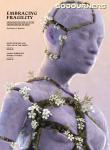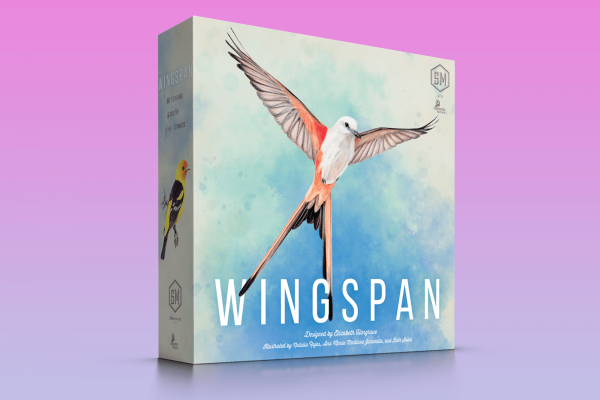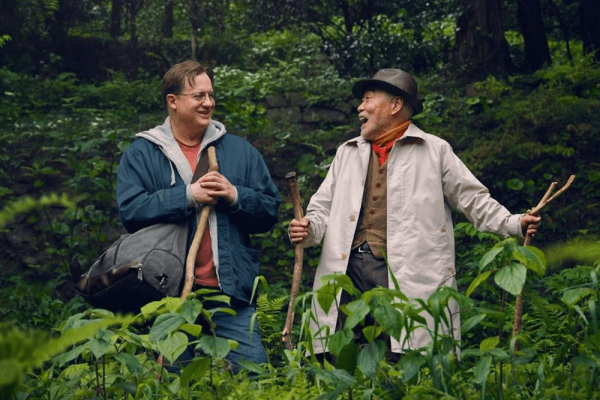WHEN ELIZABETH MAGIE invented The Landlord’s Game, known today as Monopoly, she drew up two sets of rules: one “monopolist,” employing fierce competition and cutthroat property snatching, as the game is played today; the other “anti-monopolist,” namesake of a larger movement intended to demonstrate the dangers from unregulated wealth accumulation by the few and economic inequity in the late 1890s. Magie hoped that soon “men and women will discover that they are poor because Carnegie and Rockefeller, maybe, have more than they know what to do with.”
For Magie, daughter of an abolitionist and anti-monopolist, game creation was not simply an innocent pastime. She resonated with how games could provide a way to envision a new reality and usher in robust ideas.
When I was in college, several of my classmates in a world Indigenous literature class talked about how games we grew up playing—from Monopoly to Settlers of Catan—embodied settler colonialism and capitalism. In Settlers, the goal is to build as much as you can in unoccupied land and accumulate resources. In Monopoly, you aim to procure ownership of as many properties on the board as you can, raising rent to force other players into bankruptcy while you elude jail. Ticket to Ride-USA encourages players to build railroads across the United States, invoking the forces of manifest destiny without a critical lens. Jamaica is a board game where European pirates surround the island and battle for the most resources. Bang! The Dice Game catalogs life in the “Wild West,” where the French, Mexicans, and “Indians” fight each other; one dice roll can “save” a player from an “Indian attack.”
In contrast, Elizabeth Hargrave’s blockbuster board game Wingspan invokes a vision beyond possession and mastery of people and creation. In Wingspan, I played an ornithologist, research biologist, bird watcher, and creation caretaker all at once. Wingspan comes with cards that display unique illustrations of 170 distinct North American birds, and there are expansion packs for Europe and Oceania continents. One to five players can partake, and the object of the game is to welcome birds into your bird sanctuary. Although the competition can be as friendly or as fierce as players wish, it’s not merciless. There are four different actions: play a bird, gain food, lay eggs, or draw a bird from the deck. It takes a while to catch on, but for someone who loves to collect information and play multistep strategy games, it is perfect.
While there are few landscapes untouched by the extractivist economics of colonialism—the impetus for the very existence of wildlife sanctuaries and conservation efforts—games such as Wingspan free us to imagine ourselves more fully in a symbiotic relationship with nature.
The games we play can be part of our theological imagination, too. We can move beyond fantasies and game boards where we strive to own boardwalks and the largest settlements, to instead care for the earth and practice interdependence. Willie James Jennings presents whiteness as a “way of being that is detrimental to the world.” What way of being in the world do the games of our childhoods communicate? The process of decolonizing our game shelves is not just a surface-level fix; it can be a deeper spiritual process. Games can be tools of remembrance, history, and cultural survival. They can be tools of protest, prayer, and presence.
Elizabeth LaPensée is an Anishinaabe artist, designer, and writer who uses Indigenous art to create digital/computer games and conceptualize ways of engagement that are outside of settler norms and traditional modes of competition. They draw on Indigenous methodology and encourage collaboration, cooperation, and listening.
In Coyote Quest, players learn and utilize Indigenous science. In award-winning Thunderbird Strike, players control the Thunderbird to protect Turtle Island from tar sands and the great Snake—oil pipelines. (With the creation of this game, LaPensée faced legal trouble in Minnesota for inspiring “ecoterrorism.”) Singuistics: Anishinaabemowin engages players in language learning and preservation through singing.
LaPensée’s work offers examples of intentional gameplay for both critiquing social systems of harm and creating a new future. The historical narratives present in games such as Singuistics: Anishinaabemowin give context and tell stories of Indigenous survival of and resistance to Manifest Destiny, which contrasts with Indigenous erasure upheld by other games. LaPensée’s creations illustrate alternatives to the colonial legacy of “accumulation by dispossession” that is woven in the fabric of the United States and the Americas. Moving toward collaborative gaming “goes against our inner ‘specialness,’” says adrienne maree brown, because we are “socialized to seek achievement alone”—championing our idea, our strategy, our project against all contenders and climbing through organizations until we ultimately, ideally, come out on top: most successful, most published, most recognized.
This is a recipe for loneliness, brown notes. “If we are all trying to win, no one really ever wins.” Maybe this seems too serious when thinking about gameplay—but in life, if only one person wins, what happens to the rest of humanity? What is there to be said about the image of God in those who are the “losers,” the disinherited, the dispossessed?
When we examine how the striving of individualism has failed us time and time again, the way of collaboration beckons. Collaborative gaming stretches our theological imaginations in a way akin to the vision for community recounted in Acts 4:32-35.
Intentional, thoughtful games have the capacity to usher us into the theological imagination of incarnation—the collaboration of our humanity with the divine in order to birth something new in the world: new ways of being, doing community, and occupying the earth. Games are microcosms and can be testing grounds for what works, and what doesn’t.
Maybe that sounds too deep for a Sunday afternoon game of Monopoly, but I think of Jesus’ words: “Whoever is faithful with little will also be faithful with much.”

Got something to say about what you're reading? We value your feedback!






